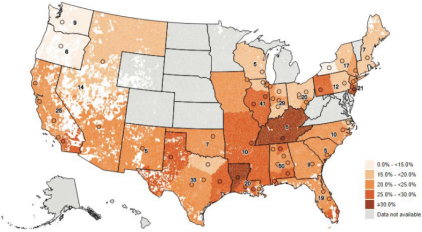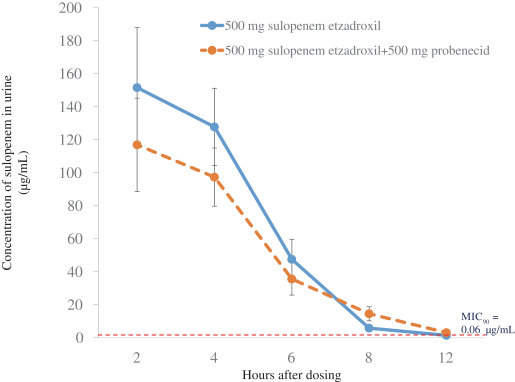The information in this preliminary prospectus is not complete and may be changed. These securities may not be sold until the registration statement filed with the Securities and Exchange Commission is effective. This preliminary prospectus is not an offer to sell nor does it seek an offer to buy these securities in any jurisdiction where the offer or sale is not permitted.
SUBJECT TO COMPLETION, DATED MAY 1, 2018
PROSPECTUS

Ordinary Shares
This is our initial public offering. We are offering of our ordinary shares.
Prior to this offering, there has been no public market for our ordinary shares. We expect the initial public offering price to be between $ and $ per share. We have applied to list our ordinary shares on the Nasdaq Global Select Market under the symbol “ITRM.”
We are an “emerging growth company” as that term is used in the Jumpstart Our Business Startups Act of 2012, or the JOBS Act. See “Prospectus Summary—Emerging Growth Company Status.”
You should consider the risks we have described in “Risk Factors” beginning on page 10.
Neither the Securities and Exchange Commission nor any state securities commission has approved or disapproved of these securities or determined if this prospectus is truthful or complete. Any representation to the contrary is a criminal offense.
| Per Share |
Total | |||||||
| Initial public offering price |
$ | $ | ||||||
| Underwriting discounts and commissions(1) |
$ | $ | ||||||
| Proceeds, before expenses, to us |
$ | $ | ||||||
| (1) | We refer you to “Underwriting” beginning on page 168 of this prospectus for additional information regarding underwriting compensation. |
Certain of our directors and existing shareholders, or their affiliates, have indicated an interest in purchasing up to an aggregate of approximately $ million of our ordinary shares in this offering. These shares will be offered and sold on the same terms as the other shares that are being offered and sold in this offering to the public. Although we anticipate that these parties will purchase all of the ordinary shares that these parties have indicated an interest in purchasing, indications of interest are not binding agreements or commitments to purchase and any of these parties may determine to purchase more, less or no shares in this offering.
We have granted the underwriters an over-allotment option to purchase up to an additional ordinary shares on the same terms and conditions.
The underwriters expect to deliver the ordinary shares on or about , 2018.
| Leerink Partners | RBC Capital Markets |
Guggenheim Securities
Needham & Company
The date of this prospectus is , 2018.




